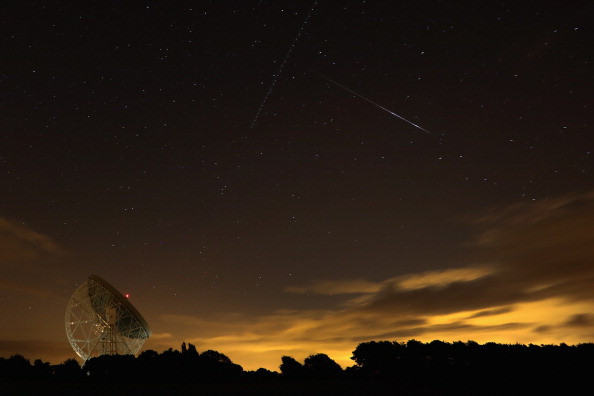Two meteor showers peak this week: How and when to best view Taurids and Leonids
Leonids and Taurids are annual meteor shower events that run through September to December visible in all parts of the world.
Before winter engulfs us completely, stargazers have an exciting opportunity to witness brilliant fireballs light up the November sky. Two meteor showers—Northern Taurids and Leonids—are peaking this week. Here is a brief guide to two of the best winter shooting star events. Find out when and how to best view the spectacular celestial sights.
Northern Taurids meteor shower
The Southern Taurid and Northern Taurid showers are currently active. After Southern Taurid reached its peak last month, it's time for Northern Taurid to show its magic. Running through Oct. 20 to Dec. 10, the northern version of the Taurid meteor shower will peak on Thursday and Friday in Northern Hemisphere.
It is an annual shooting star event when it is simultaneously active in northern and southern hemispheres. Due to its timing, this meteor shower is also referred to as Halloween Fireballs. While Southern Taurid originates from Comet Encke, in the northern hemisphere it appears from asteroid 2004 TG. And its radiant point lies in the constellation Taurus.
According to NASA, shooting stars originating from this shower can be seen anytime the constellation Taurus is above the horizon. However, the best time is after midnight, when Taurus is "high in the sky." Meanwhile, Taurids are larger than normal meteors. Therefore, expect bright and colourful fireballs falling out of the sky.
Leonids meteor shower
The second outburst of meteor activity occurs on the nights of Monday, Nov. 16 and Tuesday, Nov. 17 when Leonids will reach its peak time. According to NASA, the meteor shower has produced intense meteor storms in the past, producing thousands of fireballs per hour. The last one was seen in 2002 and it is expected to return again after 33 years.
While a meteor storm is a rare event, this year is a good time to witness the astronomical event. It is also one of the fastest meteors entering Earth's orbit. While Leonids can be viewed throughout the night, but the best time suggested by experts is before dawn, deep into the night.
How to best view the meteor showers?
The meteor showers will be visible no matter which part of the world you are in. However, the best time is after midnight when the city lights go off. It is suggested to find a dark corner with a wide view of the vast sky on the night the meteor shower is peaking. While you don't need special equipment to experience this marvel, it is suggested to find comfortable seating to lean back on as you enjoy the delightful view. Allow your eyes to adapt to the darkness of the night sky for about 20 minutes before you begin to spot the fireballs falling out of the sky.

© Copyright IBTimes 2025. All rights reserved.





















